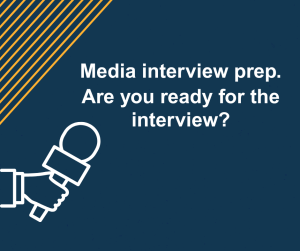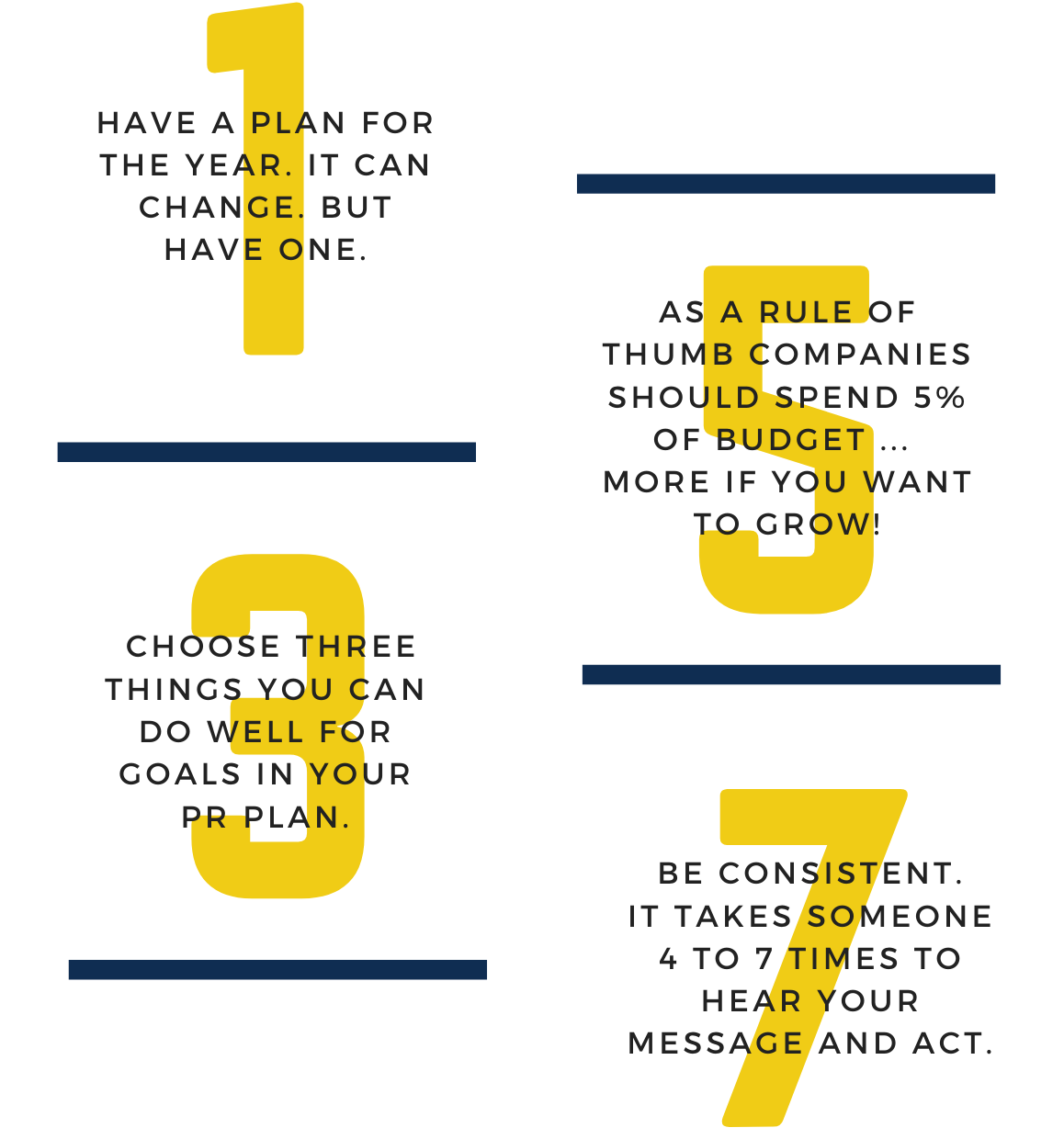Our team has been supporting the Fluor staff that’s design building the new LP1 facility in Lebanon, Indiana, since 2023. Our scope of services includes all facets of public relations, internal, external, events, community relations and the list goes on.
Recently, company owner Rae Hostetler joined our client Fluor project community relations director Jeff Wagner for a local podcast. Host Joe LePage supports communications for the Town of Lebanon and lead our conversation. LISTEN HERE.
While many listeners probably don’t give a thought to the content, public relations professionals know it’s been discussed and determined in advance to ensure we stay on message. If you’re preparing for a similar interview (podcast, television, newspaper, radio), here are tips to ensure you’re ready.
Know your messages. What are the three to five messages that you want to be sure are included? Prepare. Write down talking points and think them through. Maybe even do a mock interview to be ready. A good reporter will ask questions and end an interview with, “What else do you have to add?” If your talking points were not totally covered this is your opportunity to share more information. And if that question isn’t asked, offer information before the interview is over. Just say, “Before we wrap up, can I add a few things?”
Remember the rules when working with a reporter. While an interviewer might seem friendly, often there are certain things that can and cannot be said based on the company, business or non-profit you represent. If a reporter asks a question you don’t want to answer, it’s easy to say, that’s interesting and divert to one of your key messages. Saying no comment sounds harsh. Know your messaging and use them well.
Know when the story will run and what it’s about. It’s your right to know what a reporter is writing about or producing. Just ask. Often reporters on deadline get in touch and ask a direct question because they need a source and they’re on deadline. They’re trying to get the story (fast) and can forget to give the big picture. It’s not on purpose. Just ask the story angle, who else is being interviewed and when it will appear.
And be sure to have fun sharing your story!

 Public relations has several areas of practice. While the P in PR does not stand for press (it stands for public or audiences an organization needs to reach) reporters are often one group a client needs to reach to earn stories in the paper or on television news.
Public relations has several areas of practice. While the P in PR does not stand for press (it stands for public or audiences an organization needs to reach) reporters are often one group a client needs to reach to earn stories in the paper or on television news. It happens regularly. A team is in the midst of executing a plan and suddenly someone walks through the door with a new idea. They read and article about a new trend. Sounds great. But it can feel deflating and even overwhelming to the professionals working on executing a public relations program.
It happens regularly. A team is in the midst of executing a plan and suddenly someone walks through the door with a new idea. They read and article about a new trend. Sounds great. But it can feel deflating and even overwhelming to the professionals working on executing a public relations program. Each week we read about airlines delayed due to weather or maintenance. Fliers get frustrated when there’s not much communication to help them understand what’s happening. Airlines do what’s required by FAA law (so says my pilot friend). But their slogans all say, “Making Traveling a Pleasure” (Delta) or “In a world full of no, we’re a plane full of yes.” (Southwest) The stories we read don’t reflect how airlines are making travel gone wrong a pleasure or giving us a yes. In the past two weeks Delta left customers stranded for 8 and then 18 hours. That’s not a traveling pleasure.
Each week we read about airlines delayed due to weather or maintenance. Fliers get frustrated when there’s not much communication to help them understand what’s happening. Airlines do what’s required by FAA law (so says my pilot friend). But their slogans all say, “Making Traveling a Pleasure” (Delta) or “In a world full of no, we’re a plane full of yes.” (Southwest) The stories we read don’t reflect how airlines are making travel gone wrong a pleasure or giving us a yes. In the past two weeks Delta left customers stranded for 8 and then 18 hours. That’s not a traveling pleasure. 
 that doesn’t work. Change the plan by removing it. We all get busy. If there’s a tactic you’d like to try but don’t have time this month, shift the idea. Keep the plan on paper and electronically for everyone to see/review and change.
that doesn’t work. Change the plan by removing it. We all get busy. If there’s a tactic you’d like to try but don’t have time this month, shift the idea. Keep the plan on paper and electronically for everyone to see/review and change.